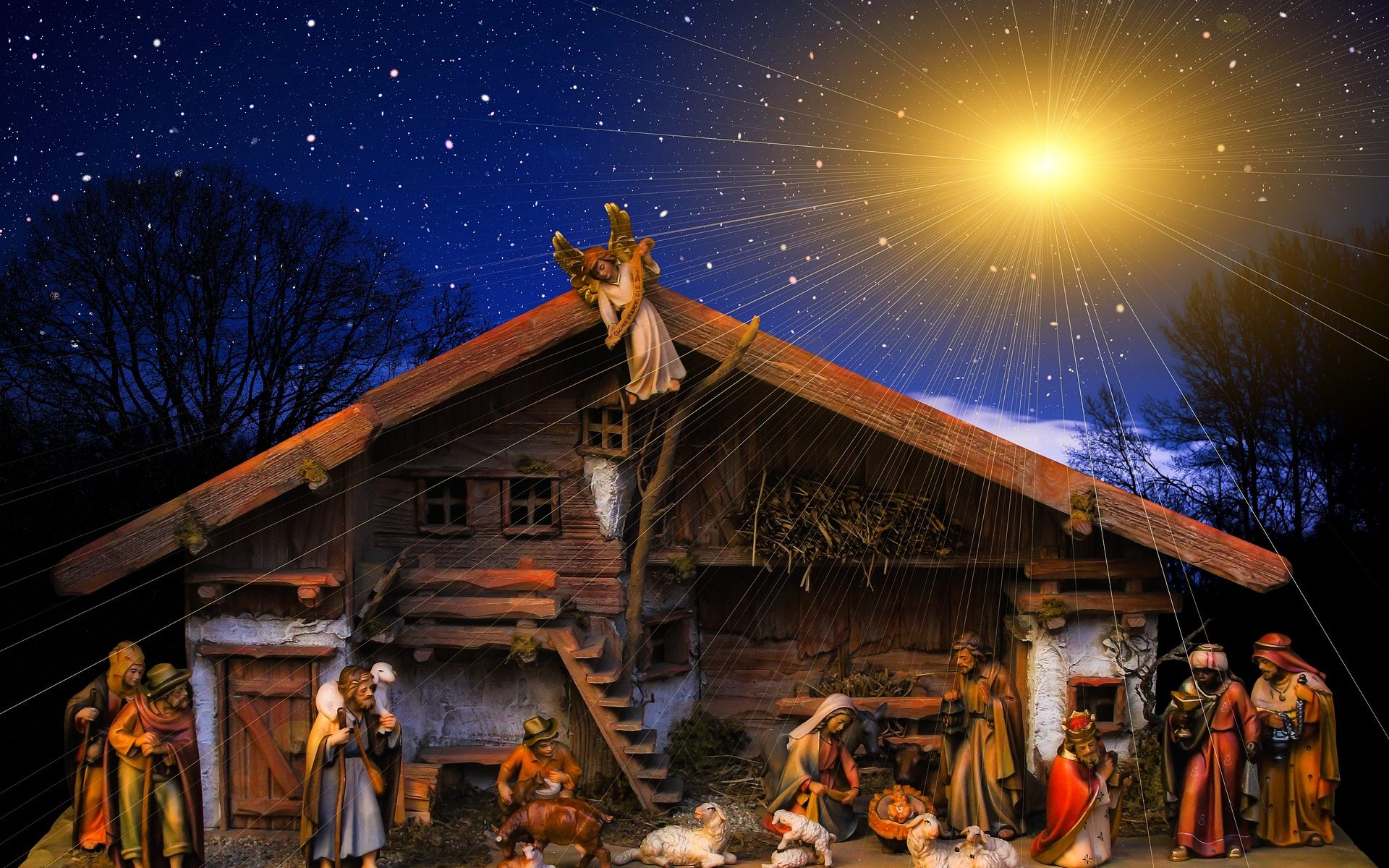Close your eyes and recollect your first memories of Christmas. Perhaps it was waking on Christmas morning and marveling, blurry eyed, at the spectacle laid before you. It can seem magical. Were there presents piled high under a magnificent, sparkling tree? And how could anyone resist the sheer excitement upon seeing the larger gifts, those much too big to hide behind wrapping paper.
If your childhood was similar to most, your first memory likely involved a jolly old man named Santa Claus, wearing a costume of red felt with white fir. How did our modern day Christmas evolve and where did this Santa Claus come from?
To understand the history of Christmas and the origins of Santa, one must travel back to the third century A.D. to a Greek area in Asia minor, now known as the southern coast of Turkey. Losing his parents at a young age, a young Christian named Nicholas, spent his entire inheritance in service to the needy. With his devotion to God, he became Bishop of Myra and became known throughout the land for his generosity to those in need and his love for the children.
The girls of that time could be sold into slavery if no dowry were available to prospective husbands. In remediation, stories claim of bags of gold found in homes, having been tossed through open windows and landing in socks or shoes, laid before the fire to dry. There are even stories of Nicholas bringing children back to life after untimely death. Therefore, St. Nicholas became the patron and protector of children. It’s also been said that the modern Santa Claus is a direct descendent of England’s Father Christmas, who was not originally a gift-giver. However, Father Christmas and his other European variations are modern incarnations of old pagan ideas about spirits who traveled the sky in midwinter.
The Christmas tree is a 15th-century German invention, but is derived from the pagan practice of bringing greenery indoors to decorate in midwinter. Midwinter was deemed a time of celebration for the completed harvest and the winter solstice. Hanging the tree upside down represented a triangle. appearing similar to a cross, it was used to explain the trinity. The tree skirt originated for two reasons, to catch the pine needles and also to protect the table or floor from drops of candle wax. Being one of the first to do so, president Grover Cleveland decorated his Christmas tree with lights in 1895, because his daughters liked them.
But let us not forget the religious tradition of Christmas, the celebration of the birth of Christ. By the late second century, Christ’s birth was celebrated on January 6th in the east (Egypt and Asia Minor) and on December 25th in the western Roman Empire. The modern Armenian church continues to celebrate Christmas on January 6; however, December 25 would prevail for most Christians, while January 6 eventually came to be known as the Feast of the Epiphany, commemorating the arrival of the magi in Bethlehem. The period between became the holiday season later known as the 12 days of Christmas. Christmas was declared a federal holiday June 26, 1870. The first recorded date of Christmas being celebrated on December 25th was in the year 336, during the time of the Roman Emperor Constantine.
How might this date be derived? It is said to be biblically anchored to the conception of St. John the Baptist, which took place on the Jewish feast of “Yom Kippur” (Day of Atonement), which normally falls between Sept 22-30th in our modern calendar. According to Luke 1:26, the conception of Jesus via the holy spirit took place six months after the conception of John the Baptist, or more precisely March 25th. March 25 + 9 months gestation = December 25th.
So it would seem that Christmas is a mix of both Christian and Pagan traditions, with gift giving added at a later time. In your gifting plans this year, don’t forget to bless the non-profit entities, who can spread your blessing to so many in need. They are the modern day St. Nicholas.


